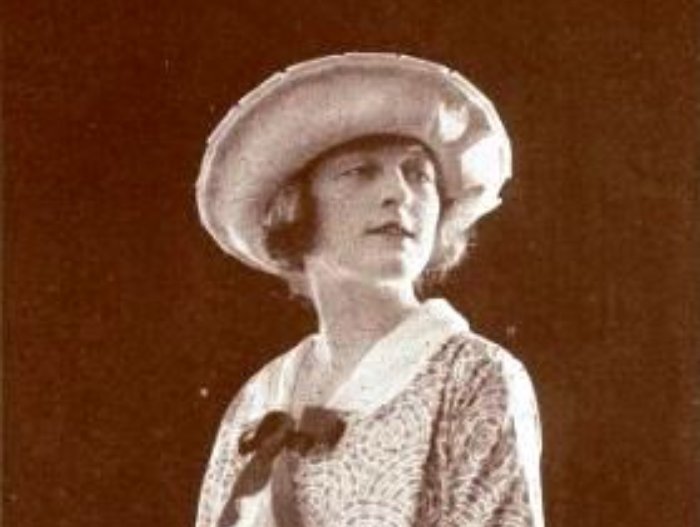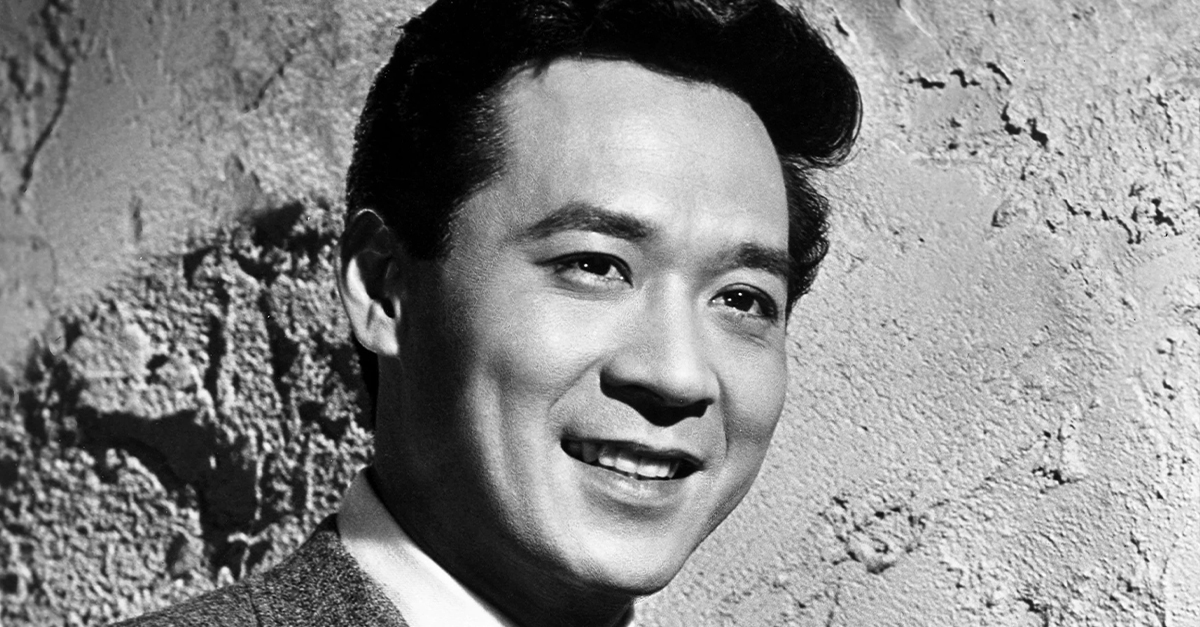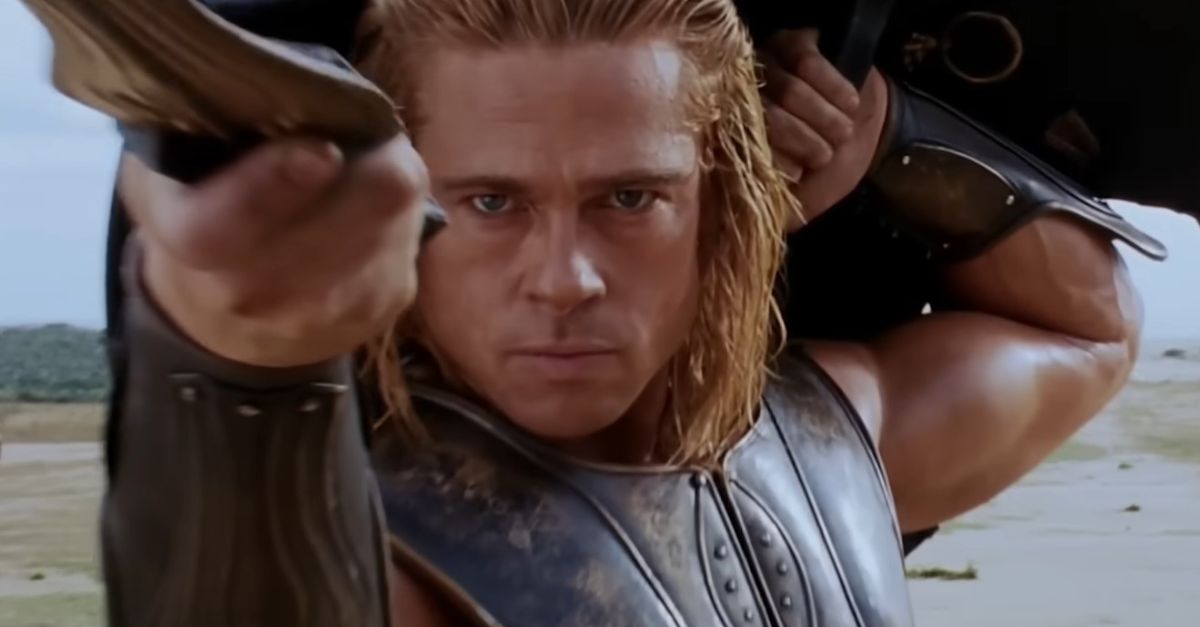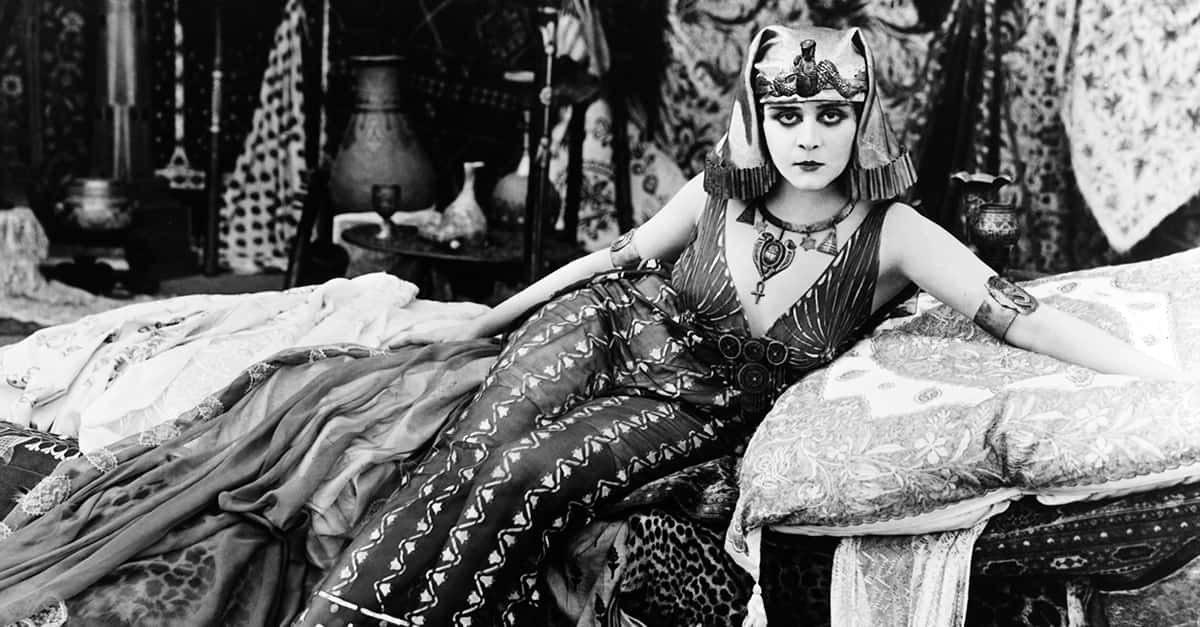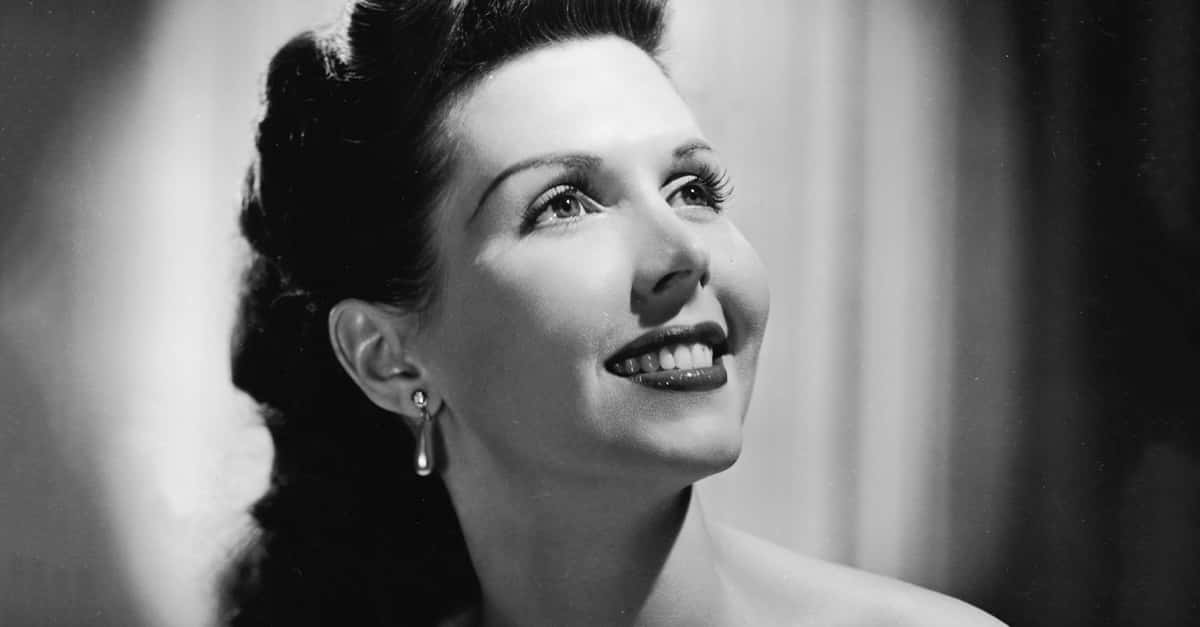Hollywood's Silent Film Star Tragedy
In the early 1900s, the burgeoning Hollywood film industry saw the arrival of many actors and actresses intent on making it big. One was Martha Mansfield, who stood among some of the most famous names in theater, and eventually silent film. However, just as her career was blossoming into stardom, a disaster occurred that no one could have foreseen. After filming a long and tiring scene, Mansfield took a moment to rest in her car only to suddenly become engulfed in flames. Her coworkers jumped into action to save her life—but the outcome was catastrophic.
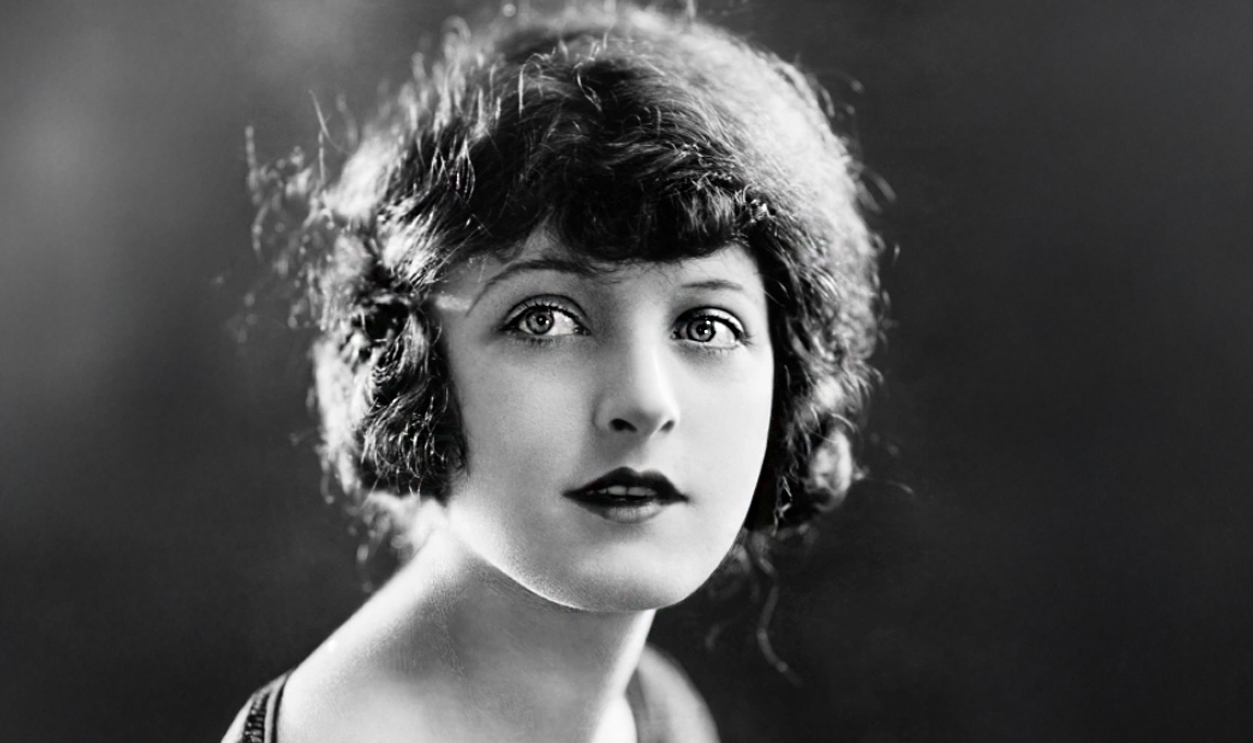
1. Her Birthplace Was Unclear
Martha Mansfield took to the glamorous world of show business like a fish to water, even with her humble beginnings. She was originally named Martha Ehrlich, and born on July 14, 1899, in New York City, despite several biographies claiming that Mansfield, Ohio was her birthplace. Being someone who relocated a lot, the apple didn’t fall far from the tree, as her mother was from neither city to begin with.
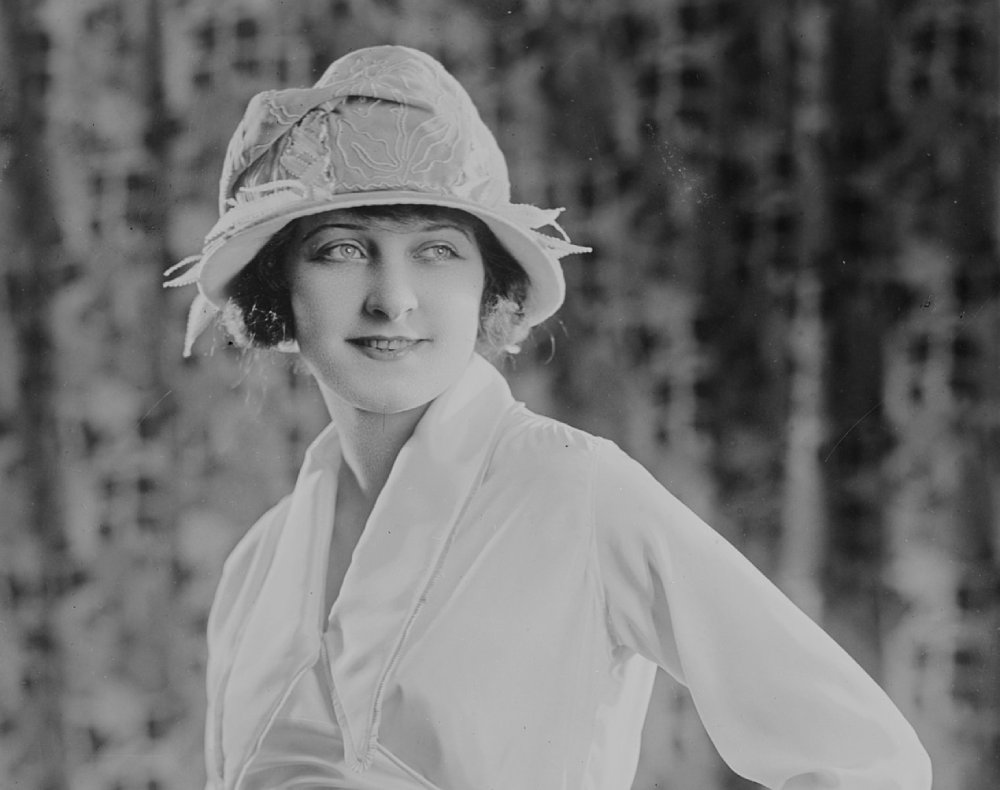 Bain News Service, Wikimedia Commons
Bain News Service, Wikimedia Commons
2. She Had Irish Roots
Beyond Martha’s history of not staying in one place, her mother had also moved around numerous times by the time her daughter came along. Immigrating to America from Ireland, Harriett Gibson Ehrlich lived in Mansfield before giving birth in New York and returning to Ohio. Still, she and Martha became quite comfortable where they were—not realizing just how important these roots would become to the future star.
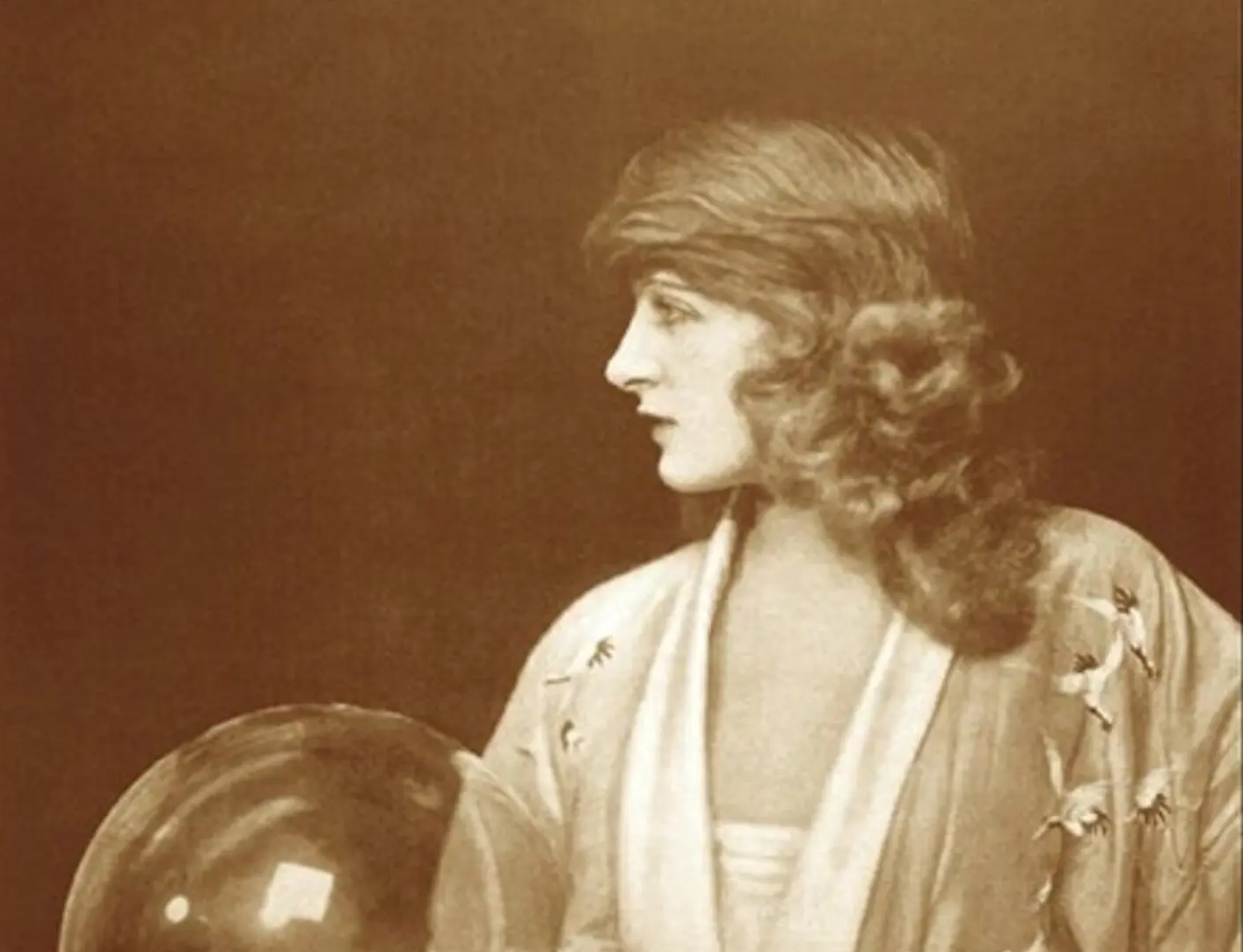 Alfred Cheney Johnston, Wikimedia Commons
Alfred Cheney Johnston, Wikimedia Commons
3. Her Heart Was In Mansfield
Confusion about where Martha Mansfield came from was present even during her heyday. Later in 1921, an interviewer clarified that she was not “a New York girl”. In response, Martha explained that she was born in New York, but she spent most of her formative years in Mansfield and referred to the city when asked where she was from.
Though, even in Mansfield, she bounced around a lot.
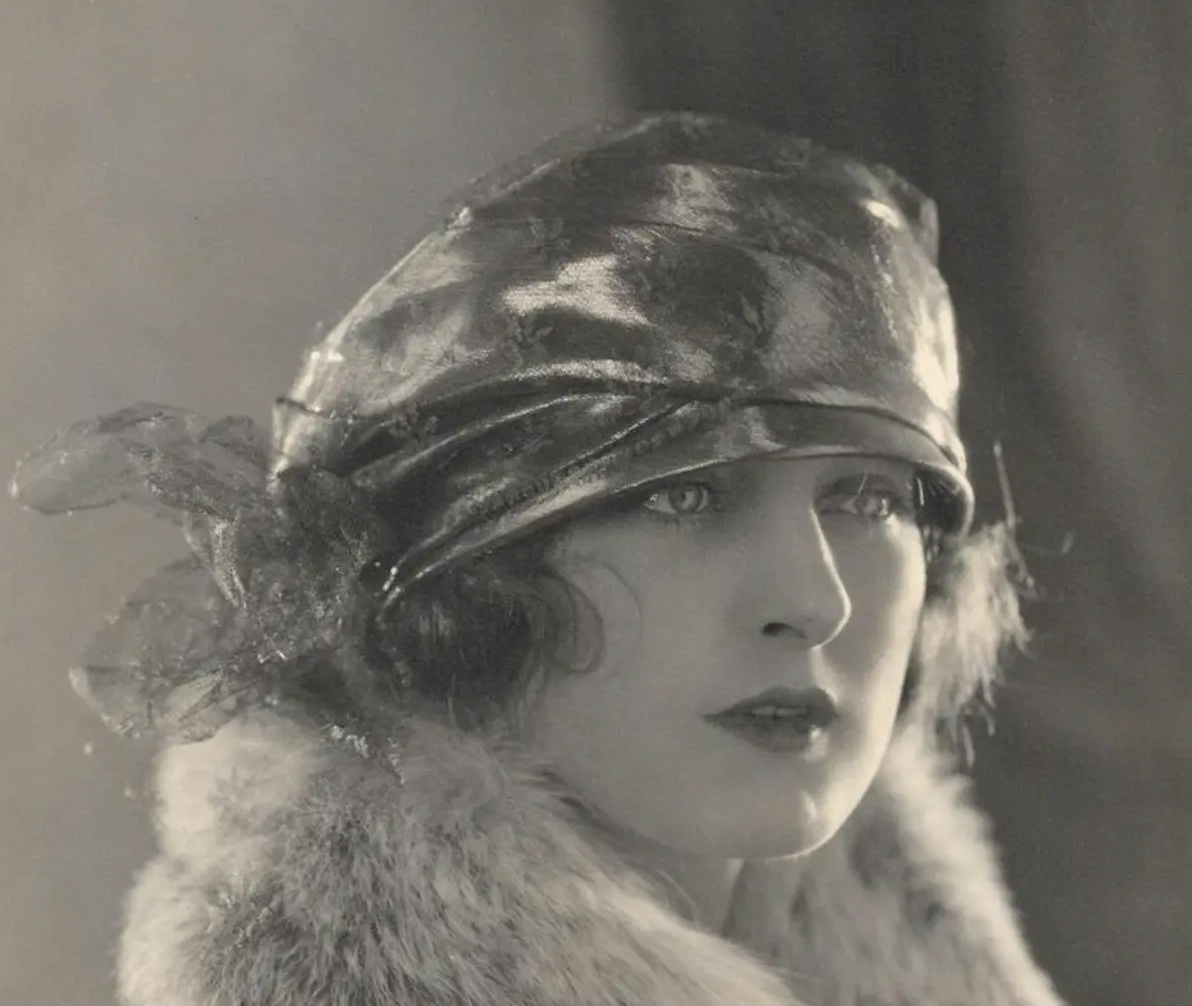 Underwood & Underwood, Wikimedia Commons
Underwood & Underwood, Wikimedia Commons
4. She Lost Her Father
Martha’s father, Maurice Ehrlich, sadly passed early on in her childhood, after which she found little stability. Although she stayed in Mansfield, Ohio, she didn’t spend the whole time living with her mother. Various members of her family hosted her for years, mostly aunts and uncles who passed her around. Luckily, Martha found an outlet for her emotional turmoil—something that would end up changing her life forever.
 Bain News Service, Wikimedia Commons
Bain News Service, Wikimedia Commons
5. She Started Early
While she wouldn’t see her official debut until later in life, Martha caught the acting bug during her childhood in Ohio. In a much smaller show than what she would later star in, her first experience in performance was in a children’s production of Robin Hood. In only a few years, she and her mother would take the first step toward Martha’s stardom.
 Bain News Service, Wikimedia Commons
Bain News Service, Wikimedia Commons
6. They Moved States
Mansfield, Ohio had become home to Martha and her mother, but it wouldn’t stay that way. For reasons unknown, the two picked up their lives and relocated back to New York City around 1910, specifically to The Bronx. Now situated in one of America’s greatest acting hubs, Martha realized her dream.
 Bain News Service, publisher, Wikimedia Commons
Bain News Service, publisher, Wikimedia Commons
7. She Knew What She Wanted
Clearly, her production of Robin Hood had given Martha an idea of where she wanted her life to go, especially once she was closer to performing avenues like Broadway. When she was 14, she declared her intention to join the screen professionally. Determined to make her dream a reality, Martha went to great lengths to make it happen—including a small breach of privacy.
 Alfred Cheney Johnston, Wikimedia Commons
Alfred Cheney Johnston, Wikimedia Commons
8. She Visited A Star
By 1913, Martha knew what she wanted to do, but had no idea how. Fortunately, she learned of a surprisingly elite resource nearby. One of her role models in show business, Mary Pickford, was recovering in a New York hospital due to an illness. Not one to simply wait for the right moment, Martha went to the hospital where the actress was recovering to boldly ask for advice on how to break into the industry—and Pickford's reaction was unexpected.
 Rufus Porter Moody, Wikimedia Commons
Rufus Porter Moody, Wikimedia Commons
9. She Was Given An Opportunity
It would have been easy for an actor of such caliber as Mary Pickford to shoo Martha away. However, perhaps as a product of the time, the star allowed Martha to see her—and took her dream seriously. Going beyond just giving advice, Pickford suggested that Martha see her manager to start.
Set on the right path, Martha fought for her chance.
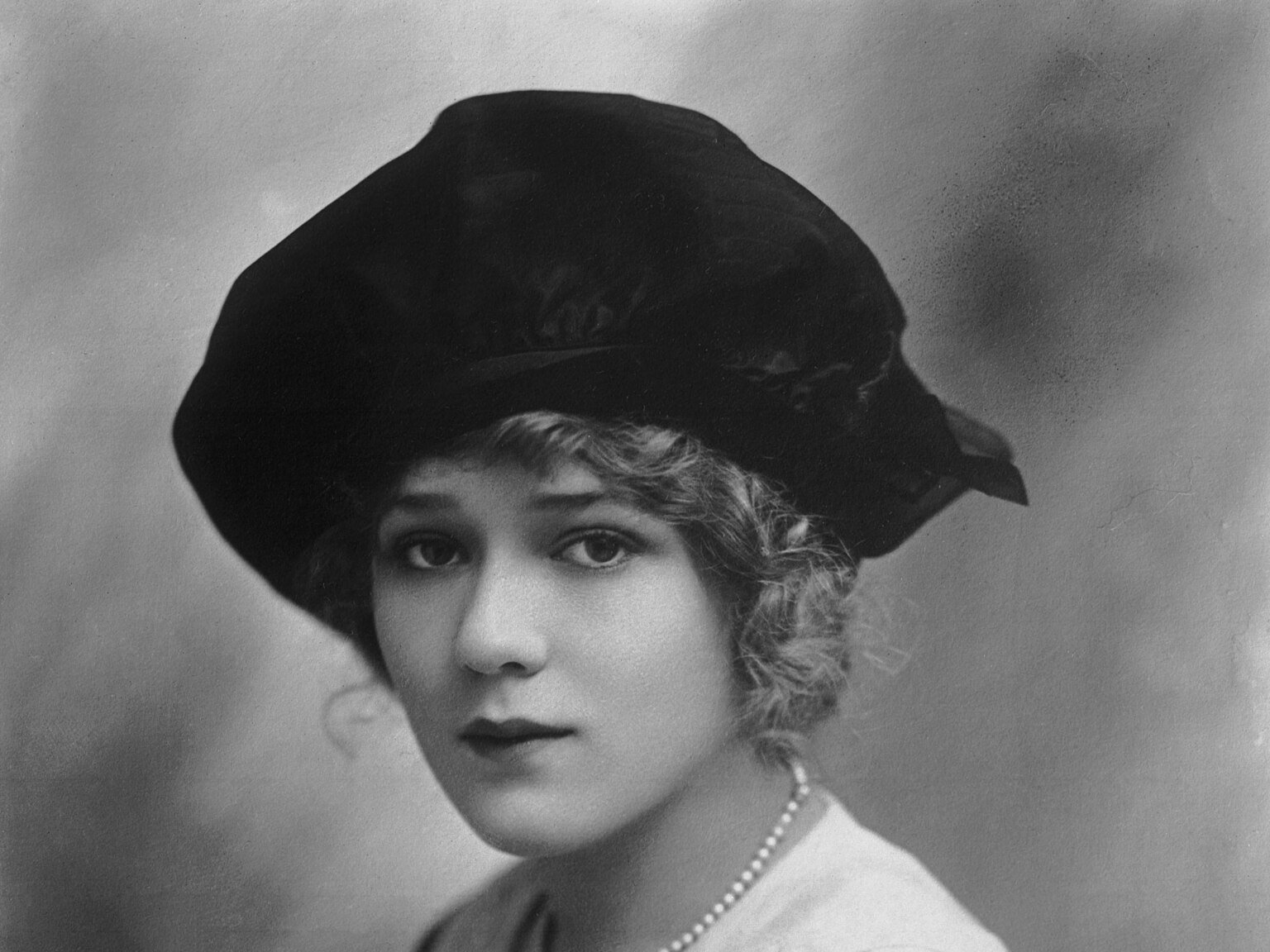 University of South California, Wikimedia Commons
University of South California, Wikimedia Commons
10. She Was Determined
With her tenacious spirit, Martha pursued her early career and refused to take no for an answer. Among projects such as musicals and dramas, she quickly found herself on one of the biggest stages in the world. After campaigning for the part, she eventually secured a role in Broadway’s Little Women.
But as her career progressed, the talented Martha Mansfield didn’t only occupy her time with acting—she took things much further.
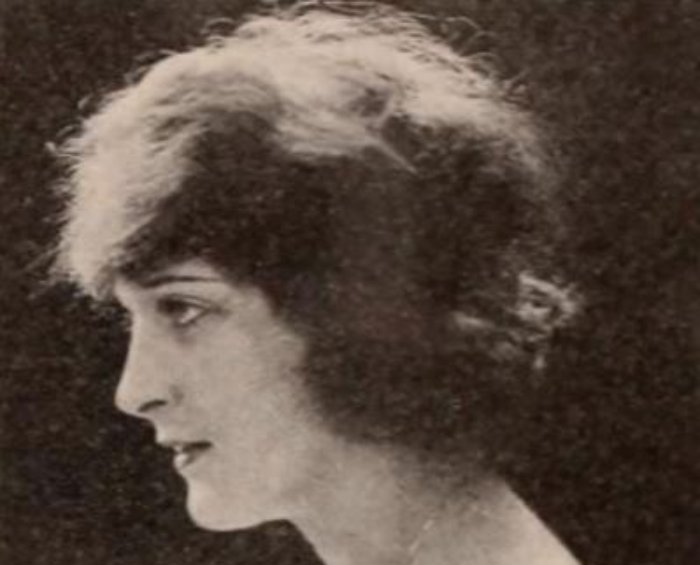 Unknown Author, Wikimedia Commons
Unknown Author, Wikimedia Commons
11. She Was Multifaceted
Wanting to stand out in show business, Martha accumulated as many skills as possible. Aside from acting and singing in several musicals, she also became an accomplished dancer, honing this craft and appearing in shows like Hop o' My Thumb in 1913. Throughout these years, her exposure would exceed that of traditional performance—and with the help of her exceptional beauty and grace, her career took on its own momentum.
12. She Was A Head Turner
Outside of her work on stage, Martha’s name grew in renown due to her expansion into modeling. The universal clarity of her beauty and poise turned heads—and caught the attention of two of the most famous illustrators of the time: Harrison Fisher and Alfred Cheney. For the next several years, Martha posed for over 300 photographs, with her face in magazines and war posters, making her easily recognizable in the show business world.
Still, as popular as her name had become, she wouldn’t keep it forever.
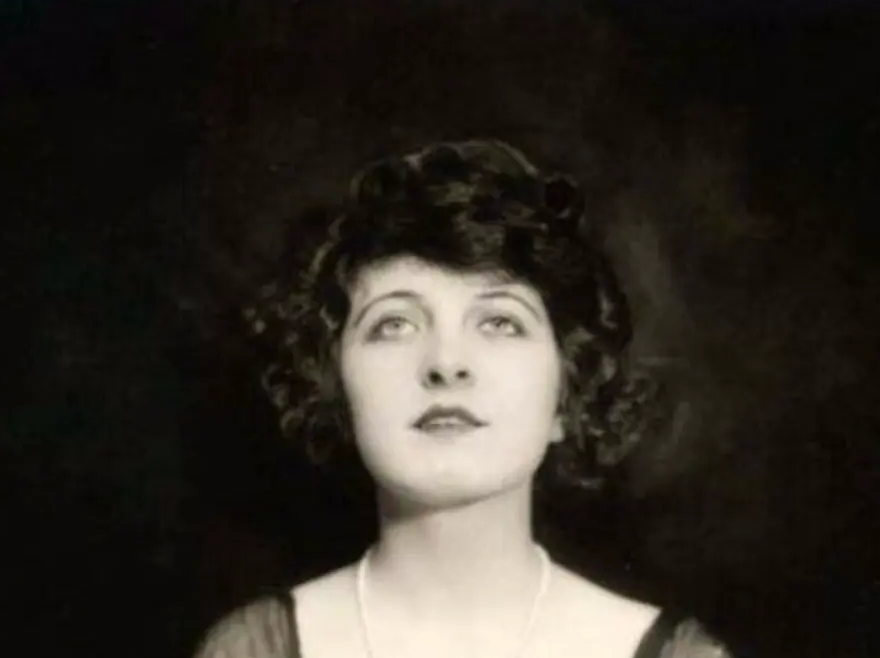 Alfred Cheney Johnston, Wikimedia Commons
Alfred Cheney Johnston, Wikimedia Commons
13. She Changed Her Branding
After launching her reputation in the New York acting scene, Martha did what many celebrities do as they make it big. Following the last couple of performances under the name Martha Ehrlich, including Robinson Crusoe, Jr, she assumed the stage name Martha Early around 1917. This wasn’t simply a matter of preference, though.
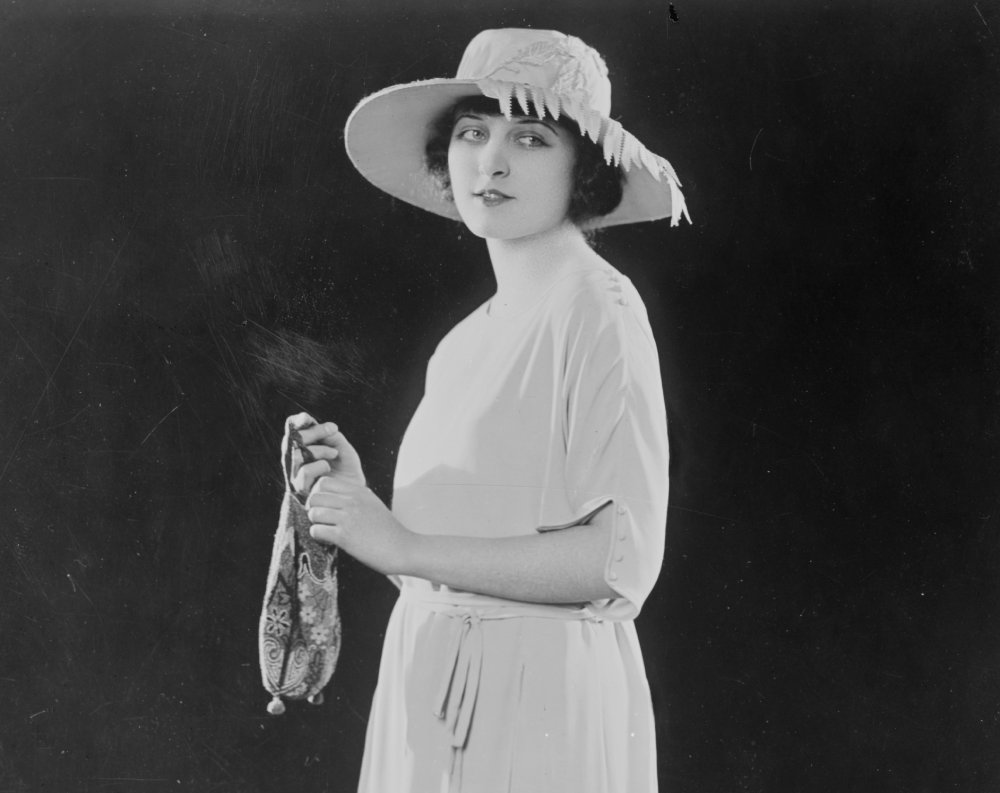 Bain News Service, Wikimedia Commons
Bain News Service, Wikimedia Commons
14. She Had A Good Reason
The motive behind Martha’s name change was far from arbitrary and mostly came from her wanting to avoid any negative associations. WWI was in its later years and the resulting attitude toward German people had become mistrusting at best. Therefore, Martha decided to leave the surname “Ehrlich” behind.
Luckily, this new name came with a new opportunity.
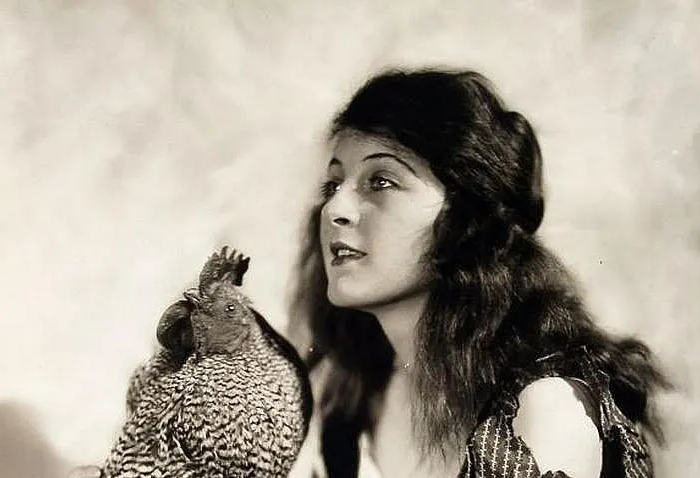 Unknown Author, Wikimedia Commons
Unknown Author, Wikimedia Commons
15. She Was Signed On
Also in 1917, Martha’s persistence paid off when she began her first foray into the film industry, signing on with Essanay Studios for six months. Known for several inaugural adaptations such as the first Sherlock Holmes and A Christmas Carol films, the studio also produced multiple silent comedies, many of which starred Charlie Chaplin.
Shortly after this, her reputation truly took hold.
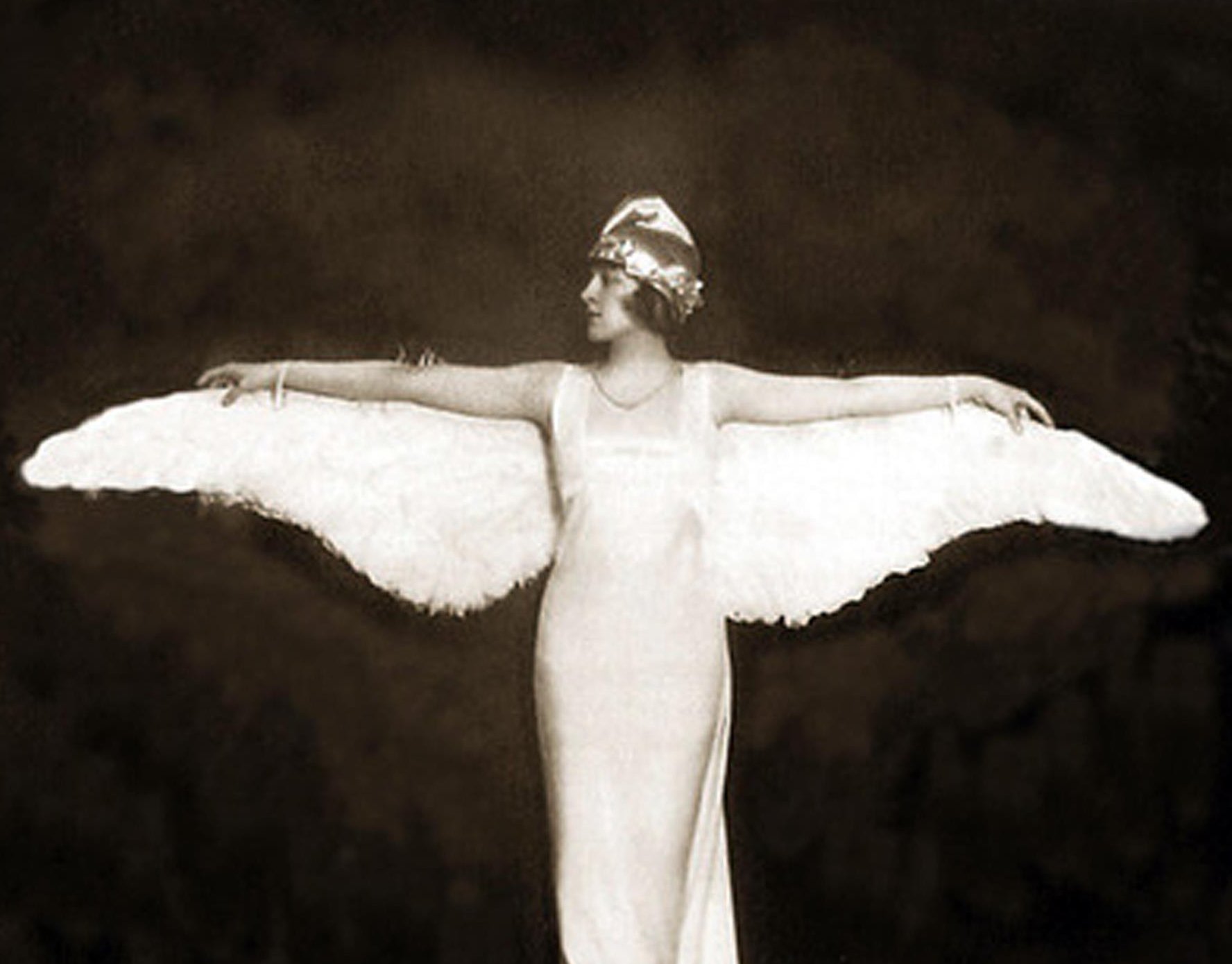 Unknown Author, Wikimedia Commons
Unknown Author, Wikimedia Commons
16. Her Name Became Known
While at Essanay Studios, Martha truly established her style as a comedy actress. After Charlie Chaplin left the studio, they signed French comedian Max Linder, who took a shine to Martha. As the year continued, she starred opposite Linder in three short comedies until the studio stopped producing films in 1918.
But this was far from the end for Martha.
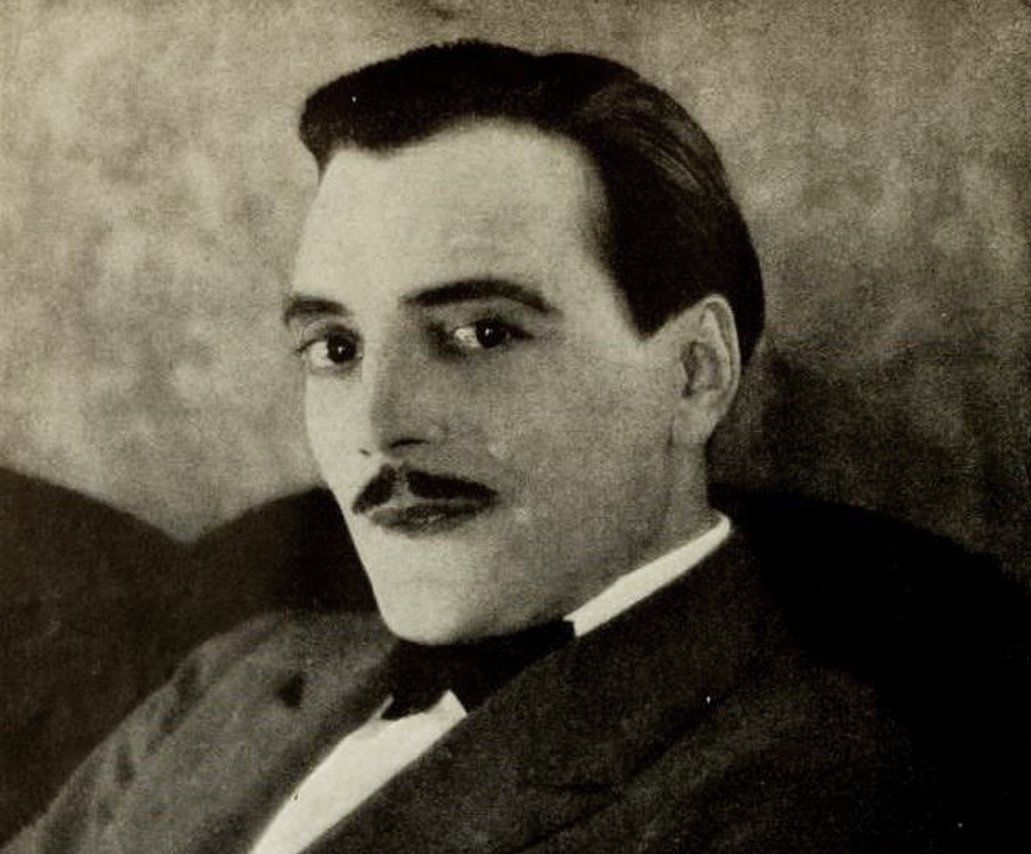 Unknown Author, Wikimedia Commons
Unknown Author, Wikimedia Commons
17. She Made It Big
Until 1918, Martha’s movie portfolio consisted of the three short films from Essanay Studios. That is, until she made her feature film debut, co-starring in Broadway Bill as the protagonist’s love interest.
But even with her newfound fame, there was one big thing she couldn't bare to give up.
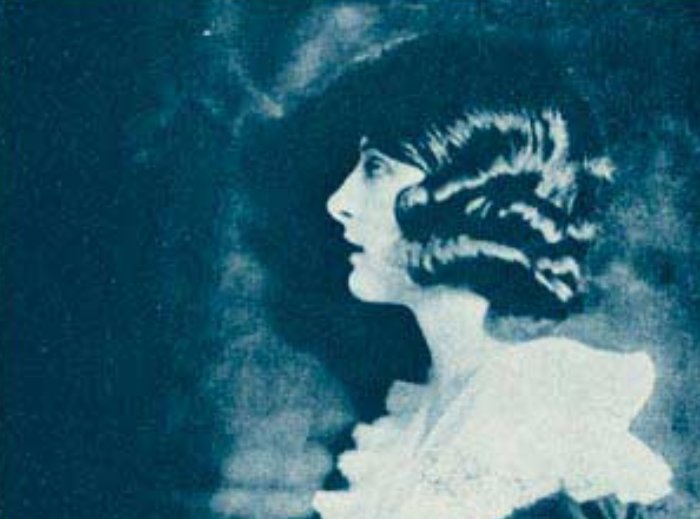 Unknown Author, Wikimedia Commons
Unknown Author, Wikimedia Commons
18. She Joined Another Troop
Despite being hard at work on her budding film career, she hadn’t said goodbye to her love of live performance. Also in 1918, she divided her time between screen and stage to perform in the long-running production, the Ziegfeld Follies. Meanwhile, in accordance with the times, she did her part.
 Bain News Service, Wikimedia Commons
Bain News Service, Wikimedia Commons
19. She Became A Symbol
In the final year of WWI, many entertainment companies devoted their time to supporting those in service, and the Ziegfeld Follies was no different. As it happened, Martha was a part of one of these performances, where she portrayed the Dove of Peace in a tableaux. Shortly after this, she received an offer she couldn’t pass up.
 Unknown Author, Wikimedia Commons
Unknown Author, Wikimedia Commons
20. She Changed Her Name Again
Not long after she changed her surname to “Early,” Martha saw fit to take on her final stage name. This happened due to her new contract with Metro Pictures, a studio located in Los Angeles. With her ticket to Hollywood, Martha Early became Martha Mansfield. She wasn’t the only one on board with this change, though.
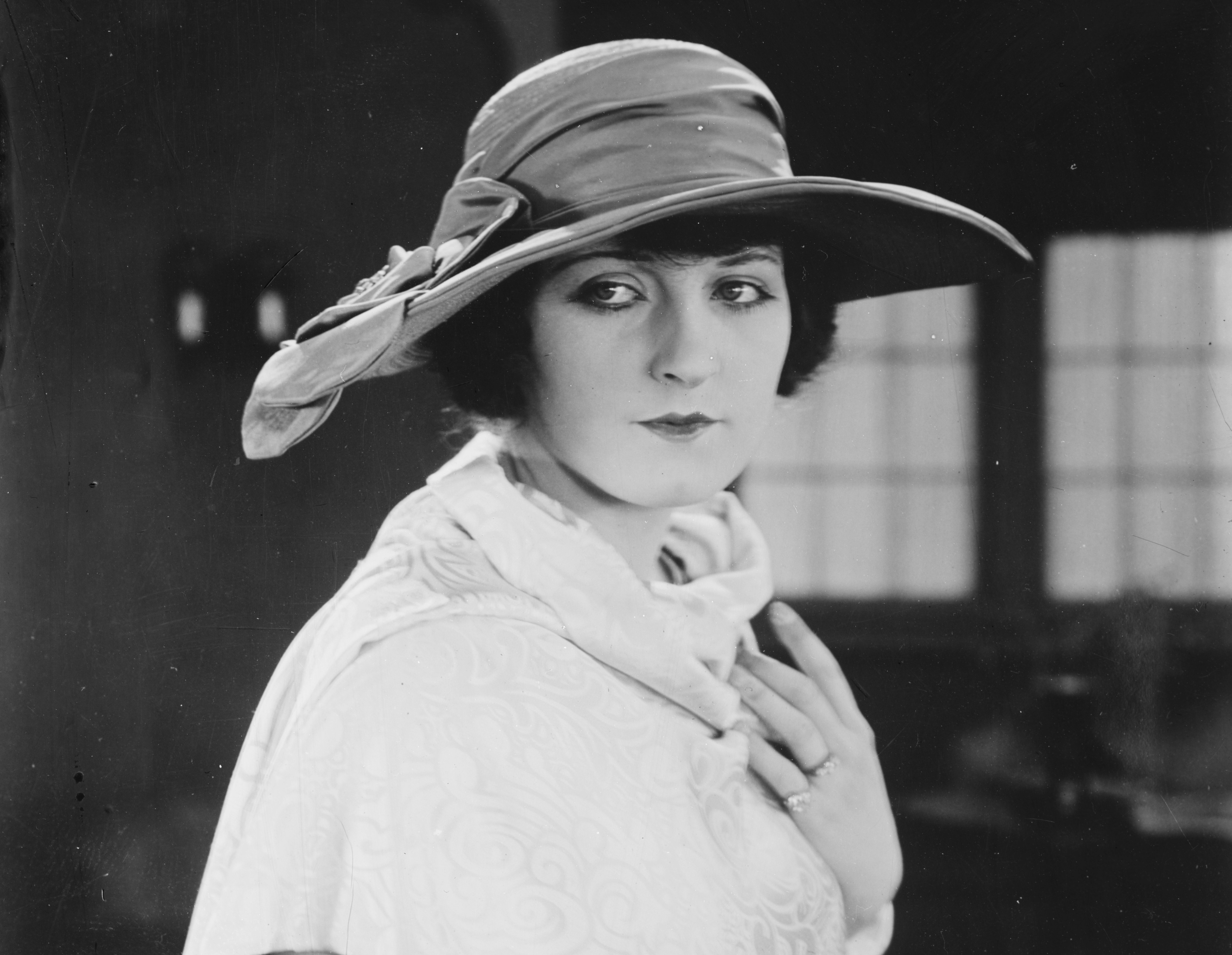 Bain News Service, Wikimedia Commons
Bain News Service, Wikimedia Commons
21. She Inspired Someone Else
Throughout her life, Martha remained close to her mother, who seemed very pleased with her daughter’s new stage name. Seeing as the surname honored the place where they both grew up, Martha’s mother also made the change, becoming Harriet Gibson Erlich Mansfield. This was also the time when, having tried several avenues, Martha decided to go all in on one medium.
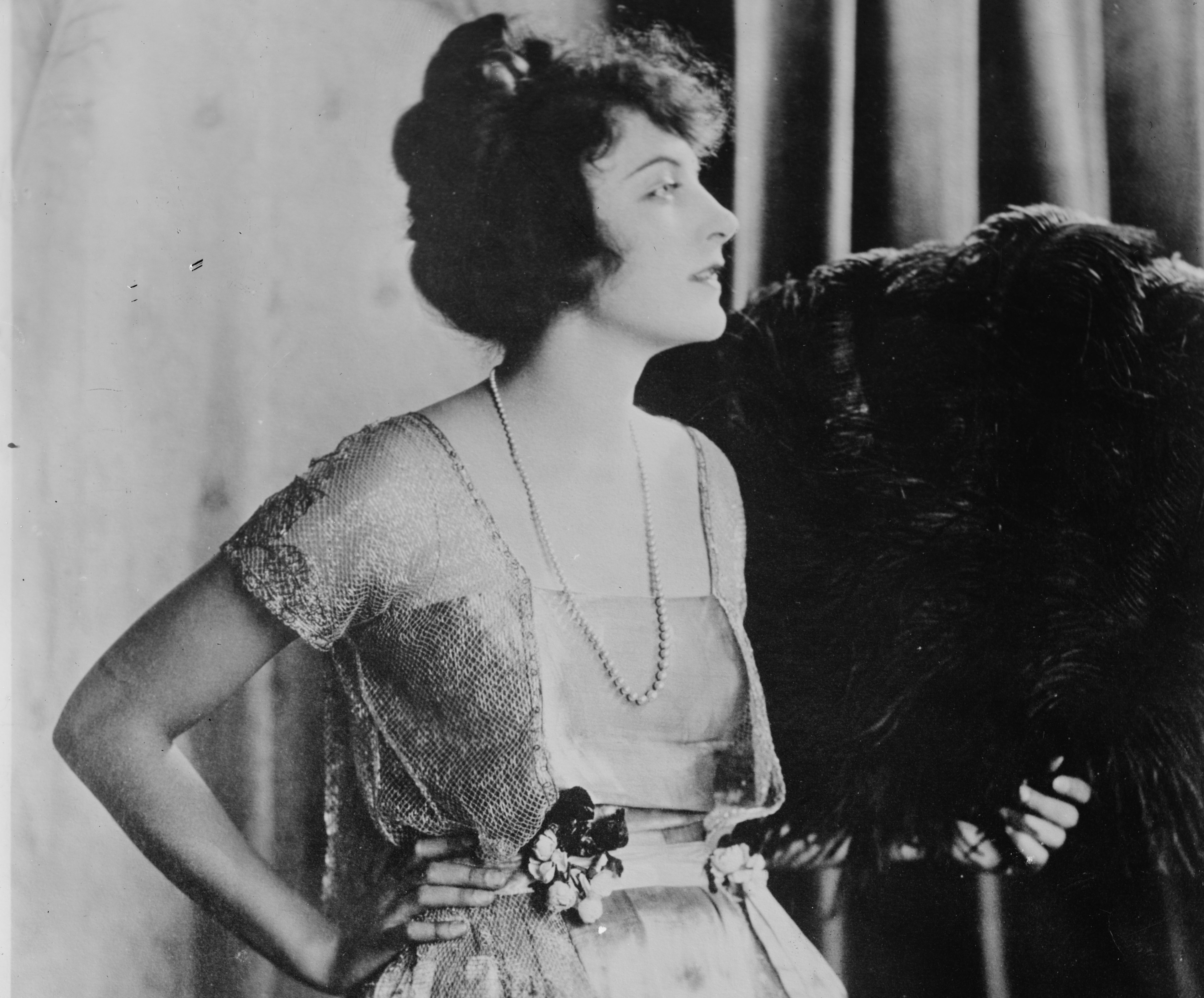 Bain News Service, Wikimedia Commons
Bain News Service, Wikimedia Commons
22. She Was Committed To Her Passion
Martha was lucky to be successful in many of the ventures she explored, in the sense that she essentially had her pick of the litter. So, in 1919, she made the leap and declared that she would devote herself to a full-time film career going forward. But before she left for Hollywood, she made one last commitment.
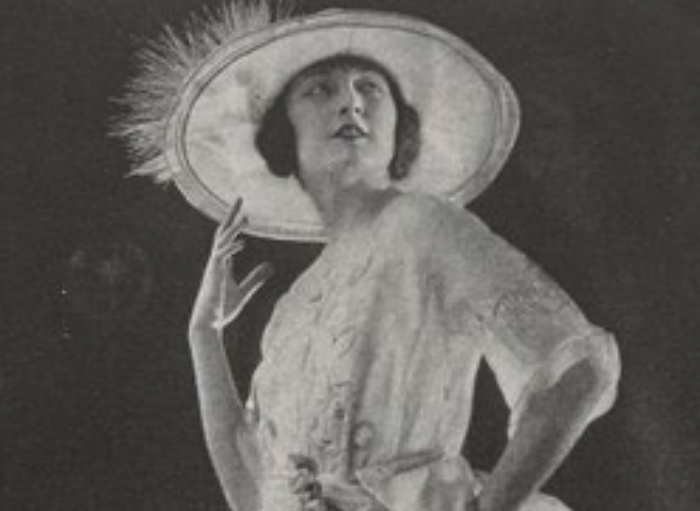 E.V. Brewster Publications Inc., Wikimedia Commons
E.V. Brewster Publications Inc., Wikimedia Commons
23. She Did One More Performance
Even though Martha had announced her intentions to focus on her film career, she continued performing on stage throughout the rest of the year. She had enjoyed her time with the Ziegfeld Follies, so before relocating to work for Metro Pictures, she participated in The Midnight Frolic by Florenz Ziegfeld Jr.
As exciting as that was for Martha, her move to Hollywood was a game changer.
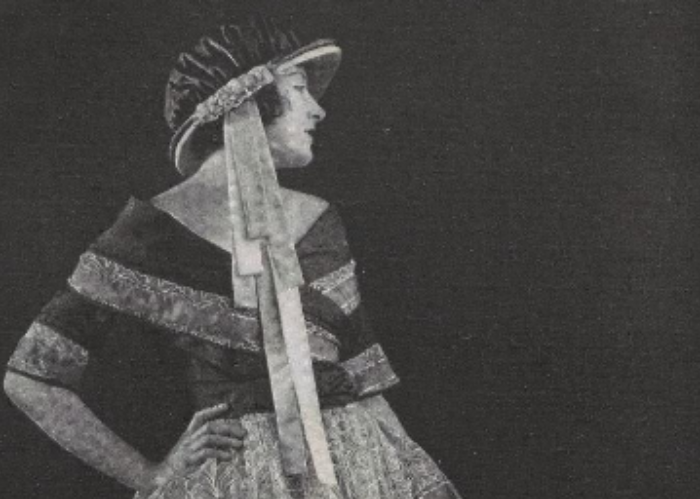 E.V. Brewster Publications Inc., Wikimedia Commons
E.V. Brewster Publications Inc., Wikimedia Commons
24. She Starred In A Classic
Following her Hollywood debut in 1920’s Civilian Clothes, Martha Mansfield appeared in an adaptation that led to her rising among the biggest stars in the business. The same year, director John S Robertson filmed his adaptation of Dr Jekyll and Mr Hyde, with Martha acting opposite the titular character.
And as it turned out, this project would go on to become a gift that kept on giving.
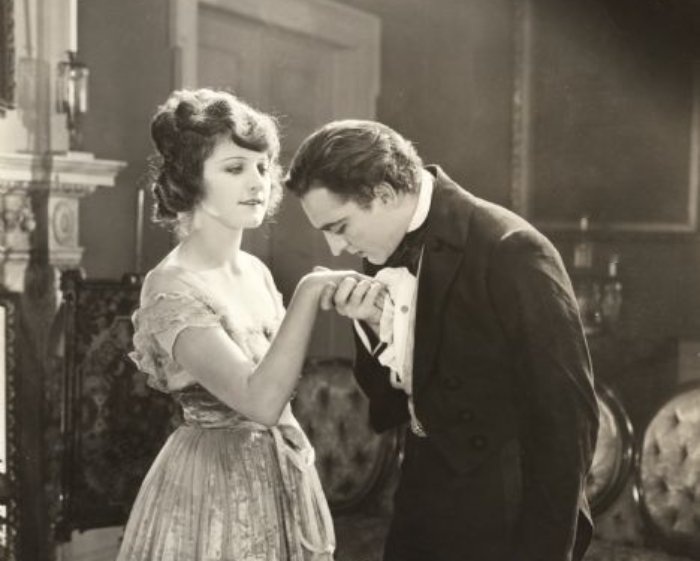 Wisconsin Center for Film and Theater Research, Wikimedia Commons
Wisconsin Center for Film and Theater Research, Wikimedia Commons
25. It Became Timeless
While Martha’s 1920 production wasn’t the first or last adaptation of Dr Jekyll and Mr Hyde, it eventually became the most enduring. Even when released, it was an immediate success as it shattered box office records. Since then, the film has become critically acclaimed as the most effective version of the story.
And although this incredible performance sky-rocketed her career in Hollywood, Martha wasn't completely satisfied just yet.
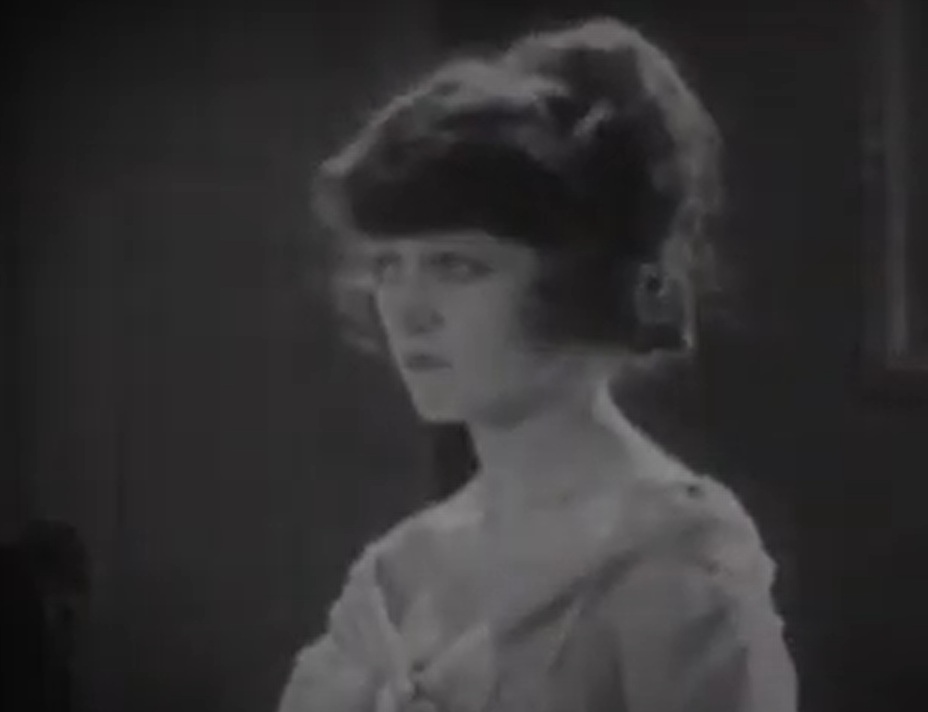 Paramount, Dr. Jekyll and Mr. Hyde (1920)
Paramount, Dr. Jekyll and Mr. Hyde (1920)
26. She Switched Companies
With her growing fame, Martha took on more and more roles, eventually signing on to another film studio in Hollywood. Under the banner of Selznick Pictures, she starred alongside Eugene O'Brien in 1919’s The Perfect Lover. With all the jobs she was booking, Martha was doing quite well for herself—and was able to present her mother with an incredible surprise.
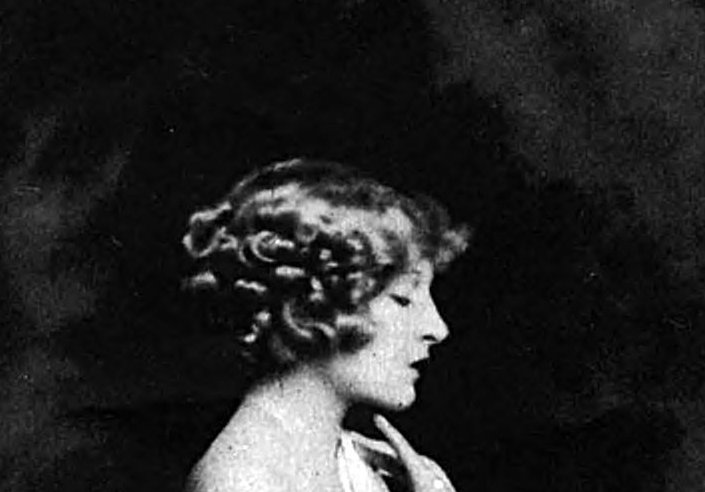 Alfred Cheney Johnston, Wikimedia Commons
Alfred Cheney Johnston, Wikimedia Commons
27. They Settled Down
Through all the success Martha had found, she was at a point where she could give back to her mother and take care of her. By the time she signed with Selznick Pictures, she had enough funds to buy a house in California for the two of them. Meanwhile, although she had become primarily a film actress, Martha indulged in something else, too.
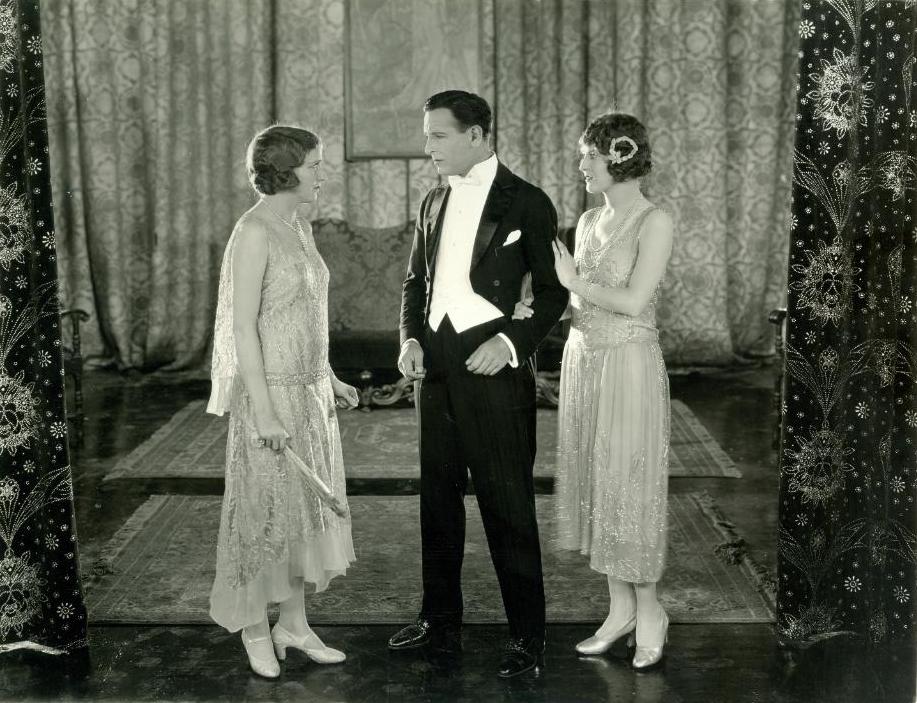 Unknown Author, Wikimedia Commons
Unknown Author, Wikimedia Commons
28. She Returned To The Stage
Martha hadn’t finished with the film industry by any means, but she returned to her theatrical roots part-time. For the next two years, she juggled her work on independent pictures like Till We Meet Again while embarking on a vaudeville tour on stage. Of course, as with a life in Hollywood, she continued moving on to newer and bigger opportunities—including one that would secure her name in Hollywood history.
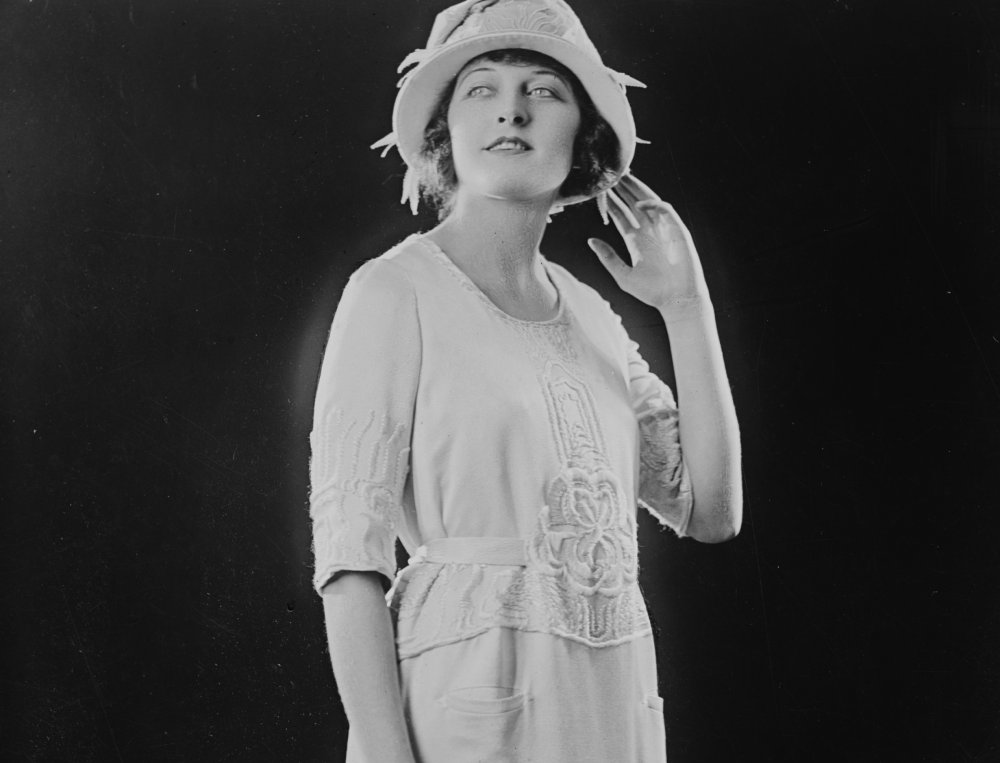 Bain News Service, Wikimedia Commons
Bain News Service, Wikimedia Commons
29. She Switched Again
Finishing her term with Selznick Pictures, Martha took another contract with a precursor to one of the biggest film studios today. As 1923 came along, she signed on with Fox Film Corporation, which would later merge with Twentieth Century Pictures to become 20th Century Fox.
This led to her making history again as she appeared alongside one of Old Hollywood's greatest legends.
 University of Washington, Wikimedia Commons
University of Washington, Wikimedia Commons
30. She Starred Opposite A Legend
For Martha’s first project with Fox Film Corporation, she found herself acting with one of horror’s original giants. 1923’s The Silent Command was a spy drama that, along with Martha, starred Bela Lugosi—otherwise known as cinema’s first Dracula.
Unfortunately, as her career was ramping up, it was also about to crash and burn.
 Twentieth Century, The Silent Command (1923)
Twentieth Century, The Silent Command (1923)
31. She Did Three More Films
Following her appearance in The Silent Command, Martha worked on the final three of her completed projects before her career’s end. Each from a different studio, the last film she saw finished was 1923’s The Leavenworth Case. In all this time, Martha never forgot her roots, and her roots didn't forget her either.
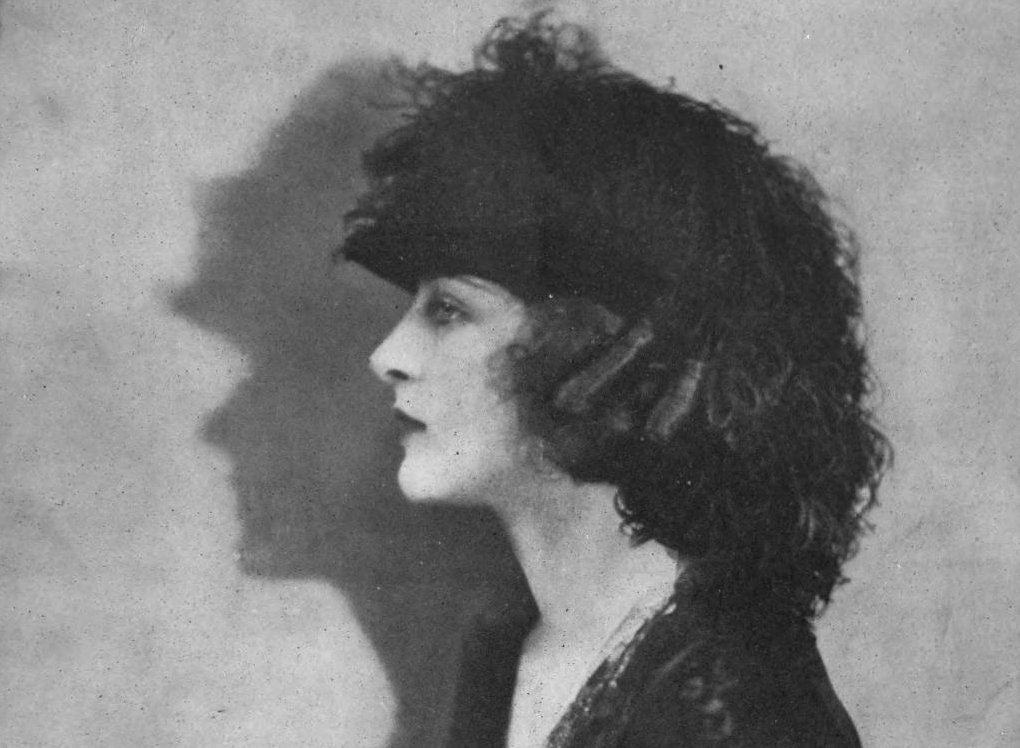 Alfred Cheney Johnston, Wikimedia Commons
Alfred Cheney Johnston, Wikimedia Commons
32. They Honored Their Connection
Back in Mansfield, Ohio, the locals remained proud of the actress who had found humble beginnings in their city and had since taken its name. Demonstrating this, the various theaters in Mansfield always made a point of showing Martha’s films upon their release. This wasn’t merely a sentimental connection, though.
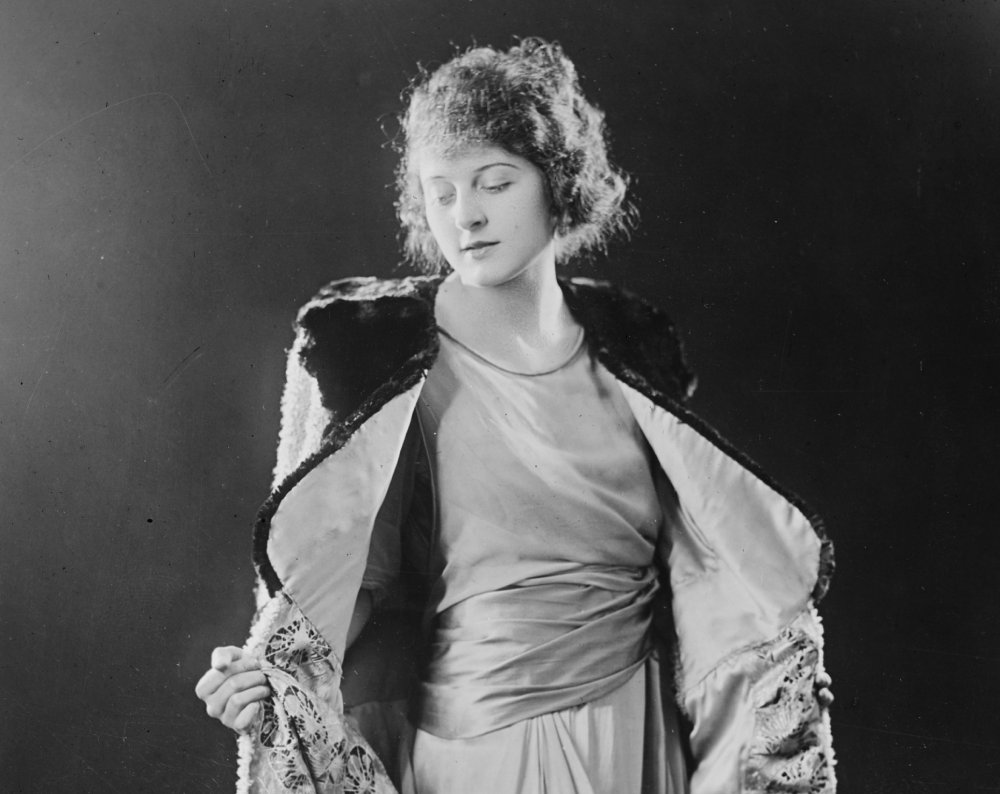 Bain News Service, Wikimedia Commons
Bain News Service, Wikimedia Commons
33. She Was Good For Business
Despite her career being so brief thus far, Martha had become a beloved household name, especially for those back home. Knowing it would fill their seats, advertisements for theaters prioritized announcing her inclusion in any film of hers, capitalizing on the audience’s love for Martha.
Sadly, no one knew her brief career would soon meet a tragic end.
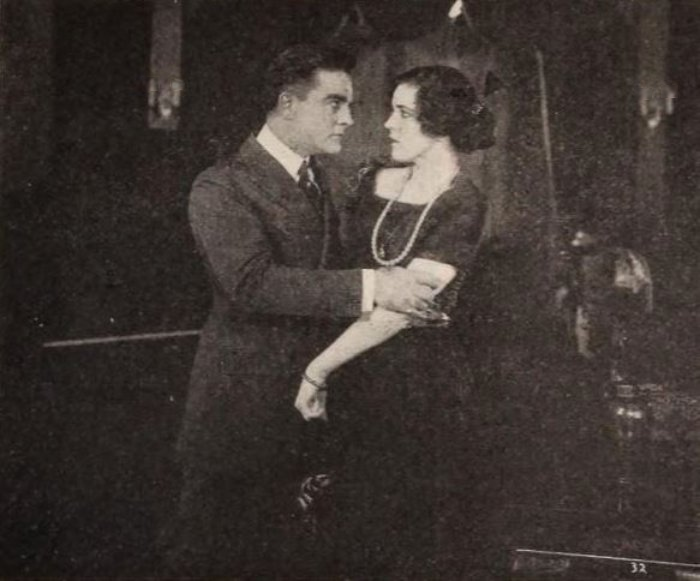 Bradley Feature Film Company / The Film Market, Wikimedia Commons
Bradley Feature Film Company / The Film Market, Wikimedia Commons
34. She Was Filming Her Last Project
Considering Martha’s constant stream of jobs, both on stage and off, it makes bitter sense that she met her end while working on her final film. Fox Film Corporation brought her to San Antonio, Texas to film The Warrens of Virginia in 1923. With a larger budget than many of her previous films, there was a good chance the film would have made her an even bigger star.
Of course, its setting would be one of the dominoes leading to disaster.
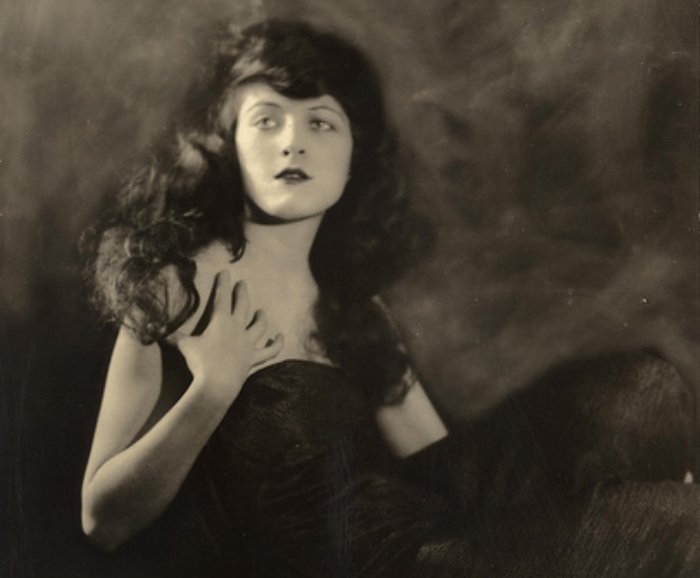 Alfred Cheney Johnston, Wikimedia Commons
Alfred Cheney Johnston, Wikimedia Commons
35. It Was A Period Piece
The Warrens of Virginia was set in the mid-1800s, which influenced the horrible accident that befell its production. It followed a man who joined the Union army at the beginning of the conflict, despite the love of his life being loyal to the South. Martha played this Confederate love interest, so naturally her costume consisted of period-specific clothing.
In a cruel bit of irony, she was nearly finished.
36. She Was Done For The Day
Had Martha left for home earlier or even taken longer to film her scenes, just a few minutes difference could have saved her from a terrible fate. After finishing her work on November 29, she took a moment to rest in her car. Even then, the slight change of rolling up her windows could have avoided the outcome.
As it happened, though, catastrophe struck.
 Twentieth Century, The Silent Command (1923)
Twentieth Century, The Silent Command (1923)
37. She Was Engulfed In Flames
To the shock of everyone on set, the production came to a halt when a freak accident occurred in Martha’s car. Seemingly without reason initially, Martha suddenly burst into flames while stealing a moment for herself. What exacerbated the fire was her costume, consisting of ruffles and hoop skirts, all of which were highly flammable.
Thankfully, there were a few quick-thinking people around.
 Paramount, Dr. Jekyll and Mr. Hyde (1920)
Paramount, Dr. Jekyll and Mr. Hyde (1920)
38. He Burnt Himself
Martha’s chauffeur was right nearby at the time of the incident, and to his credit, he leaped into action. Identifying the root of the problem, he tried to remove the clothing that had so quickly ignited but was only partially successful. As a result of this heroic effort, he received severe burns to his hands.
He wasn’t the only one who was quick on his feet, though.
 Essanay Studios, Max Wants a Divorce (1917)
Essanay Studios, Max Wants a Divorce (1917)
39. They Saved Her Face
Martha's costar, Wilfred Lytell, was the only other person who tried to do something to save her life. Attempting to snuff out the flames, he took off his overcoat and threw it on top of her, managing to stop the fire from reaching her neck and face. However, when all was said and done, their efforts were in vain.
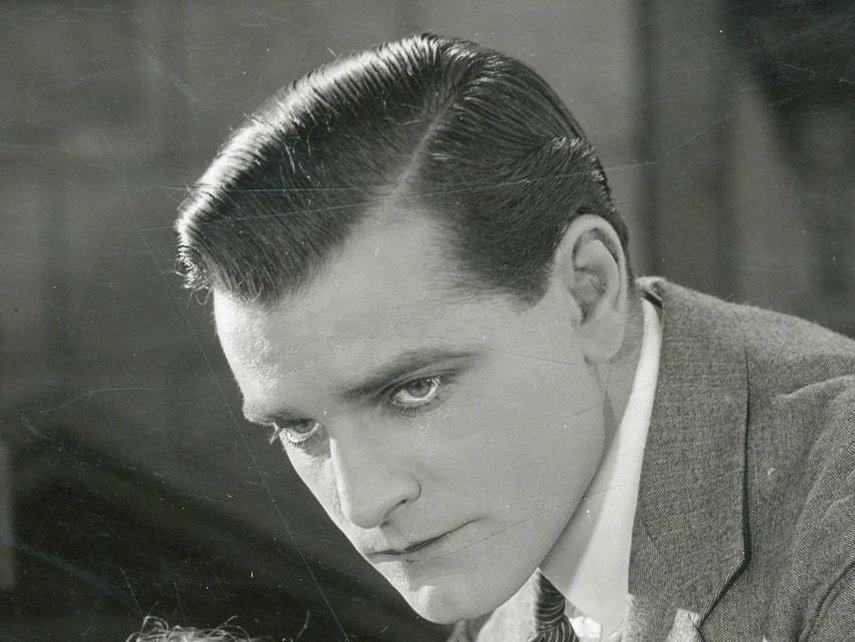 University of Washington, Wikimedia Commons
University of Washington, Wikimedia Commons
40. It Was Too Late
After several agonizing moments, Martha’s chauffeur and Lytell were able to put out the fire that had engulfed her, but not soon enough. When the smoke cleared, she was found to have severe burns over her whole body, but they had managed to save her face. Mere moments away from her demise, they still tried to help her.
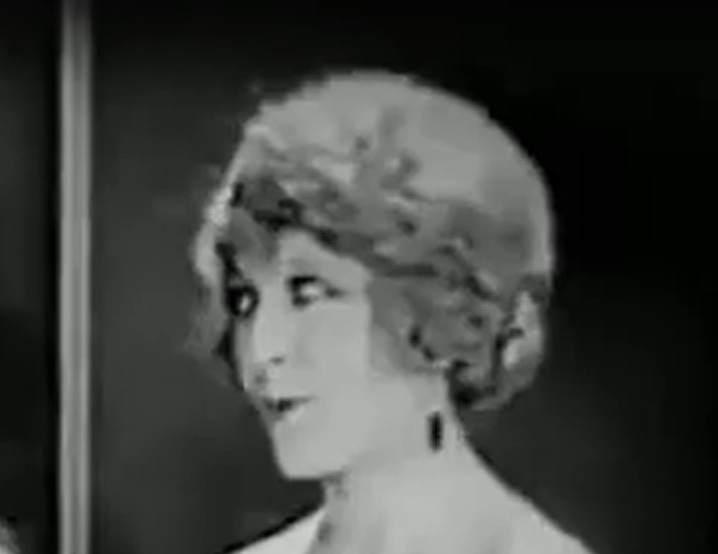 Twentieth Century, The Silent Command (1923)
Twentieth Century, The Silent Command (1923)
41. They Rushed Her To Help
As soon as the fire was put out, those around wasted no time in bringing her to the hospital, while she was barely conscious or moving. Martha was no doubt in tremendous pain, and after being extensively treated, she was still in grave condition.
 Paramount, Dr. Jekyll and Mr. Hyde (1920)
Paramount, Dr. Jekyll and Mr. Hyde (1920)
42. She Didn’t Make It
Doctors did everything possible for Martha following the incident, but it wasn’t enough in the end. On November 30th, 1923, Martha Mansfield passed in the hospital due to severe burns, as well as “general toxemia and suppression of urine”. Although the incident was eventually labeled an accident, that didn’t mean all the answers presented themselves.
 Twentieth Century, The Silent Command (1923)
Twentieth Century, The Silent Command (1923)
43. It Remains A Mystery
As for what caused Martha’s tragic accident, there are two generally accepted theories, with the first being more widely believed. Multiple bystanders later said they had watched a lit match fly through Martha’s car window and ignite her clothing. Still, no identity has been put forward as to who carelessly threw it.
On the other hand, some believe the accident was more on Martha herself.
 Paramount, Dr. Jekyll and Mr. Hyde (1920)
Paramount, Dr. Jekyll and Mr. Hyde (1920)
44. She May Have Caused It
In another theory, the fire was due to Martha’s own carelessness. According to this possibility, Martha may have ended the day by having a smoke inside her car. Her lit match, or even her smoke, could have fallen and accidentally ignited her clothing. While not impossible, those close to her refused to accept this theory.
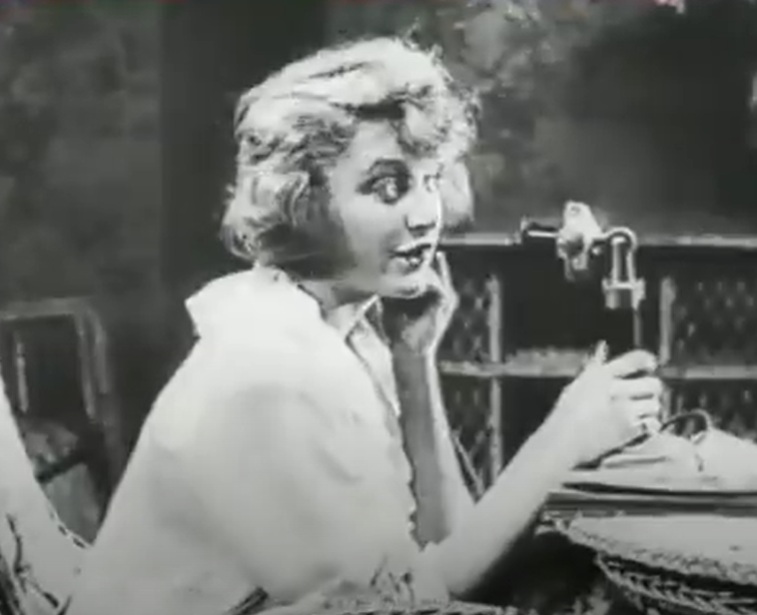 Essanay Studios, Max Wants a Divorce (1917)
Essanay Studios, Max Wants a Divorce (1917)
45. Her Mother Refused To Believe It
Despite it being a common habit to smoke in the 1920s, especially in Hollywood, the one person who knew her best discounted the theory that Martha had caused the accident herself. Her mother strongly disagreed with this suggestion, stating that in life, Martha hadn’t been a smoker as the act made her “uncomfortable”.
After she perished, her family decided to bring her to one of her many homes.
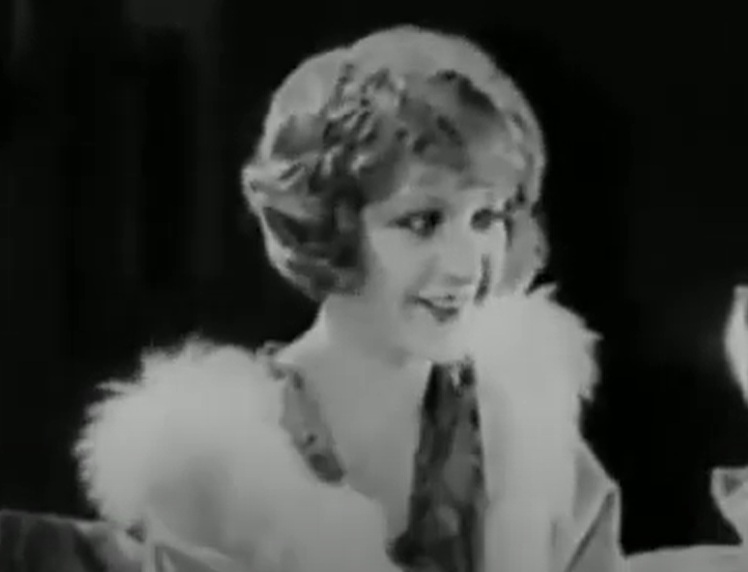 Twentieth Century, The Silent Command (1923)
Twentieth Century, The Silent Command (1923)
46. She Wasn't Alone
Following Martha’s passing, her family didn’t bury her in Texas, nor even California where she had lived for the past few years. Instead, she traveled back to New York City—but not alone. Escorting her casket was Phillip Shorey, another actor whom the late starlet knew. While New York is a big city, she returned to a familiar place.
 Paramount, Dr. Jekyll and Mr. Hyde (1920)
Paramount, Dr. Jekyll and Mr. Hyde (1920)
47. She Was Taken Home
For whatever reason, Martha’s family did not see fit to bury her in Mansfield, Ohio, where she had spent her formative years. Instead, they laid her to rest in The Bronx, which still meant something to her. Not only was she born in New York, but she truly kicked off her career while living in the area.
As for that final film, her part in it quickly shrunk after her passing.
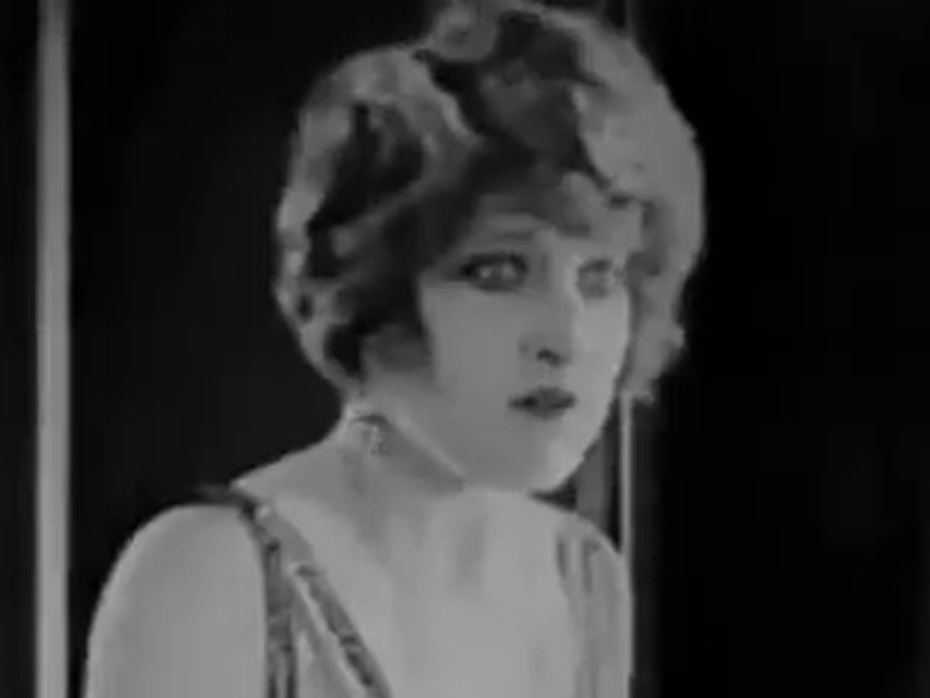 Twentieth Century, The Silent Command (1923)
Twentieth Century, The Silent Command (1923)
48. They Cut Her Out
It’s unclear how much Martha Mansfield had filmed for The Warrens of Virginia, but whether it was a few scenes or the whole project, her demise had left a mark on the production. Seemingly preferring to gloss over this tragedy, the studio cut out most of her footage—and they didn’t stop there.
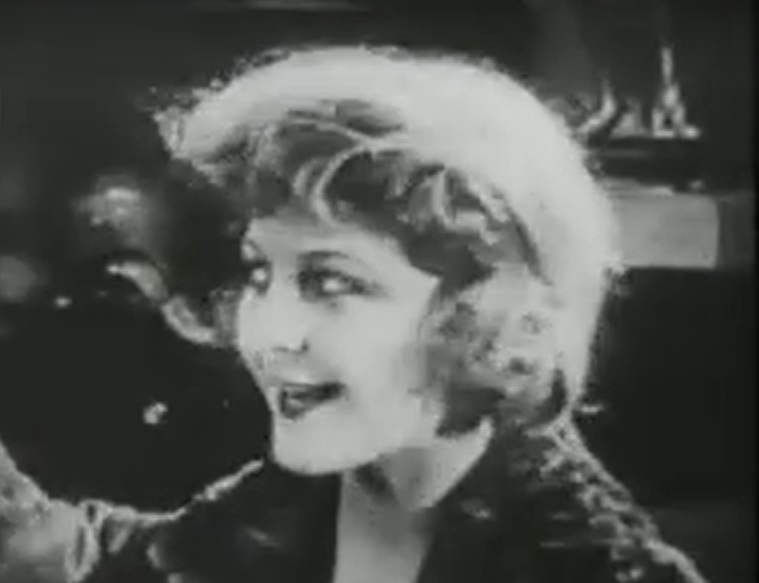 Essanay Studios, Max Wants a Divorce (1917)
Essanay Studios, Max Wants a Divorce (1917)
49. She Was Replaced
It wasn’t enough to reduce Martha’s role in the film, as the studio needed a new way to promote the project. Therefore, instead of “Martha Mansfield” being plastered across the posters, they advertised her co-star Rosemary Hill as the film’s leading lady. Nevertheless, in time, the entire project fell into obscurity.
Without the stunning Martha Mansfield, the film was never the same.
 Twentieth Century, The Silent Command (1923)
Twentieth Century, The Silent Command (1923)
50. Her Film History, Erased
It’s always difficult exploring the lives of old Hollywood stars since so much of their content has been lost to the ages. In Martha’s case, about a dozen films from her career are impossible to watch in this day and age for various reasons. This includes her final movie, The Warrens of Virginia, as no film archives carry it today.
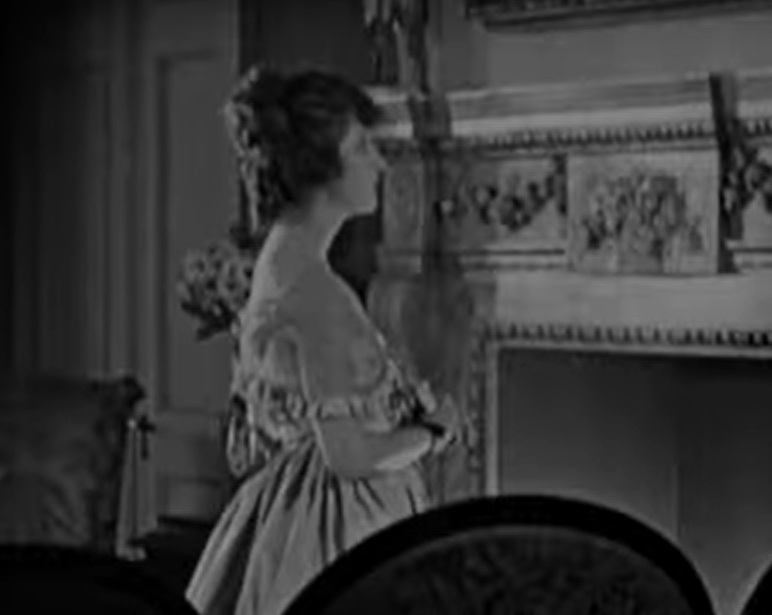 Paramount, Dr. Jekyll and Mr. Hyde (1920)
Paramount, Dr. Jekyll and Mr. Hyde (1920)
51. She Was A Silent Era Icon
Martha Mansfield was right in the middle of the founding of Hollywood, gaining more fame with every passing day. As a young star in an equally as young industry, her life and career were tragically cut short just before movies started talking, sealing her name as a Silent Era icon.
You May Also Like:
Blood-Sucking Facts About Bela Lugosi, The Classic Count Dracula
Fighting Facts About Corinne Griffith, The Silent Screen’s Orchid Lady
Moody Facts About Miriam Cooper, The Dark Lady Of The Silents



